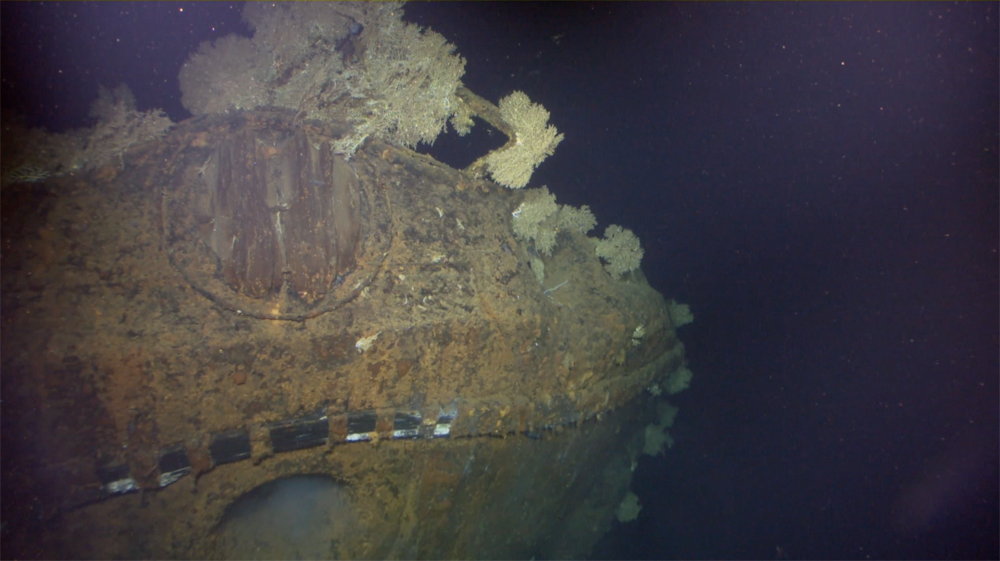Live Underwater Tour of WWII Shipwreck Airs Tonight

Tonight, you'll be able to virtually tour a sand-caked Japanese battleship that has been sitting on the seafloor since World War II.
The wreck of the Musashi, one of the biggest warships ever built, was rediscovered only last week after an eight-year search led by billionaire Microsoft co-founder Paul Allen. Weather permitting, Allen's expedition team will broadcast a live underwater tour of the shipwreck tonight (March 12) at 9 p.m. EDT (0100 GMT Friday, March 13). You can watch it here on Live Science, or on Allen's website.
At 73,000 tons (66,225 metric tons), the Musashi was one of the heaviest and most powerful warships ever built, along with its sister ship, the Yamato. [See photos of the battleship Musashi's sunken remains]
American forces sank the 862-foot-long (263 meters) battleship on Oct. 24, 1944, during the deadly Battle of Leyte Gulf. Of the ship's 2,399-person crew, more than 1,000 were killed.
Despite its impressive size, the Musashi had remained elusive to shipwreck hunters for decades. Allen's team, equipped with a high-tech yacht and a remotely operated vehicle (ROV), located the battle-scarred ship on March 2. It was resting about 1,120 feet (340 m) below the surface of the Sibuyan Sea, in the Philippines.
The team's initial underwater footage captured views of the ship's imploded stern, combat bridge, twin-barrel 15.5-centimeter guns and machine gun placements. Allen and his research team also glimpsed the ship's catapult system, which was used to launch float planes, and the ship's bow, which was once adorned with a large teak chrysanthemum.
"After eight years of diligent research, locating the Musashi was a meaningful moment for me and my team," Allen said in a statement. "We are proud to have played a role in finding this key vessel in naval history and are honored to share it with the survivors, the families of those who perished and the world.”
Get the world’s most fascinating discoveries delivered straight to your inbox.
Follow Megan Gannon on Twitter. Follow us @livescience, Facebook & Google+. Original article on Live Science.

